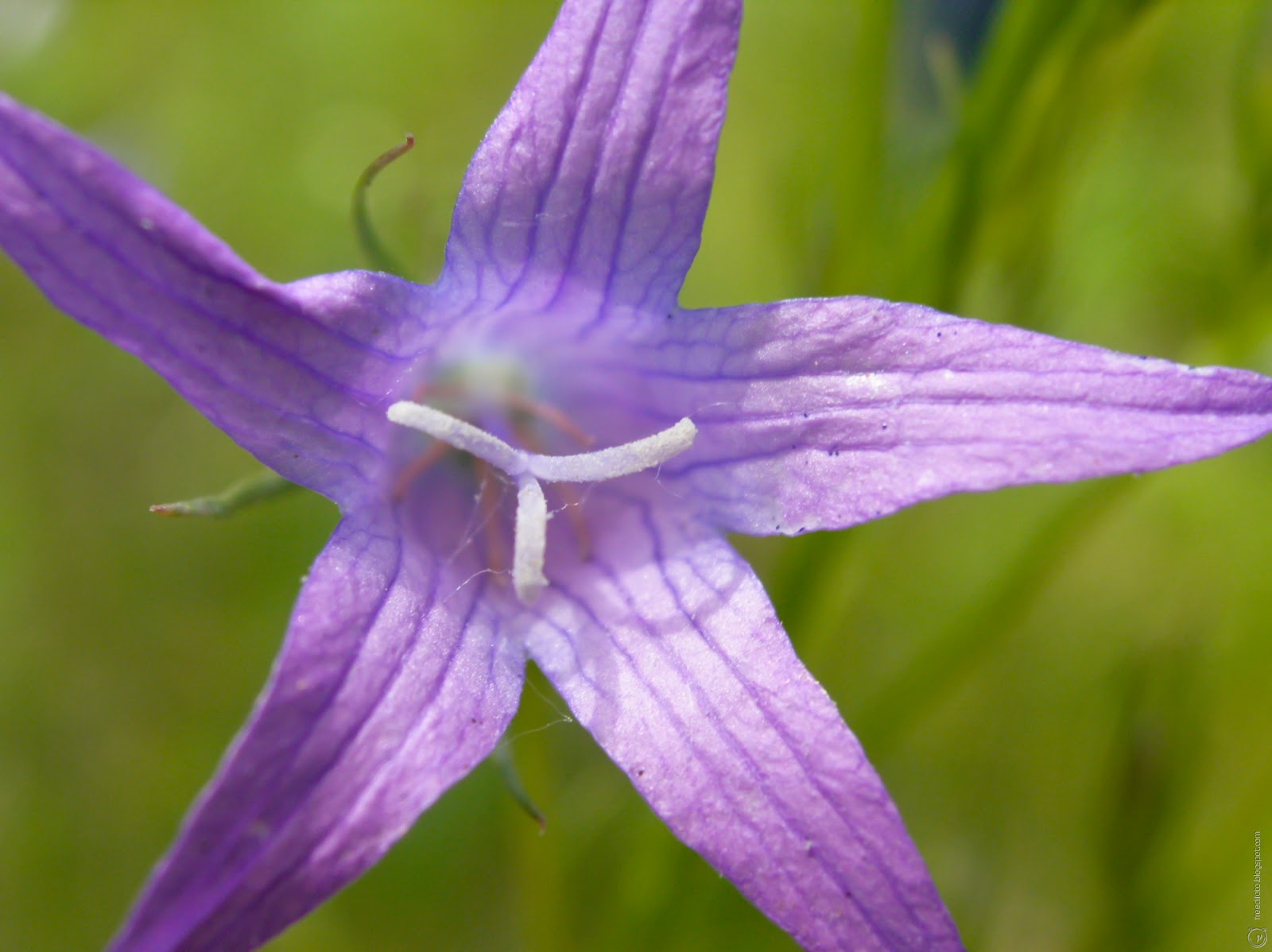Flowers come in an endless array of shapes and sizes, but there’s something uniquely captivating about blooms with a starry form From delicate wildflowers to showy garden specimens, star-shaped flowers never fail to delight Let’s explore some of these stellar blossoms and what makes their shape so special.
Defining Characteristics
Star-shaped flowers are classified by their bilateral symmetry. Rather than rounding symmetrically outward in all directions, their petals extend into points that create the signature star silhouette.
The number of petals can vary, but star flowers often have five to ten. They may spread open flat or cup slightly inward. Though colors range dramatically, white and blue are common among star blooms.
Botanically, these flowers belong to a variety of plant families. Some starry species are annuals while others are perennial. They can be found on herbs, shrubs, climbers, and more.
Natural Origins
Star-shaped flowers are native to diverse locales around the world Many originate from Africa, Europe, Asia, North America, and Australia
A number of wildflowers in the American genus Eurybia exhibit starry yellow, white, or red blooms. Their spikes of colorful stars against green foliage create stunning meadow displays.
African Agapanthus and Scabiosa also produce signature starry blossoms. In Europe, the alpine Edelweiss flower has an iconic snowy white star shape. And Asia’s Magnolia bears pretty star-like blooms on its branches each spring.
Cultivated Varieties
Beyond their native habitats, starry flowers also add their stellar charm to gardens worldwide thanks to cultivating. Breeders have introduced numerous star-forming flower varieties over the years.
Popular perennial choices like Ornithogalum, also called Star of Bethlehem, produce abundant crops of white stars annually from bulbs. Lacecap Hydrangea shrubs develop vivid blue or pink flower heads covered in small starry florets.
For quick color, grow annual Starflower or Scaevola plants, both covered in vibrant fan-like star blossoms all summer. Mix your own custom blend using seeds for varieties like Amethyst Flower, Star Glory, and Starflower.
Unique Features
So what accounts for the widespread allure of star-shaped flowers?
Visually, the defined points and striking symmetry make them stand out against bell-shaped, ruffled, or rounded flowers. The iconic star form signals cheerfulness and brightness.
Texturally, the flat petals have a smooth, sleek quality. They tend to hold their shape well rather than furling or fading quickly.
Some star flowers also release heavier fragrances at night, making evening strolls past them an olfactory treat.
Finally, associations with the cosmos, navigational stars, and more give them layered symbolic meaning.
Stellar Uses
With their photogenic shape and evocative image, it’s no wonder star-shaped flowers have been honored in various ways.
The Alpine Edelweiss became a national emblem of Austria, Switzerland, and Romania, gracing coins, logos, and more. In the U.S., Missouri named the white woodland star Passiflora incarnata its state flower in 1923.
Brides incorporate starry blooms like Ornithogalum and Hydrangea into bouquets for a touch of celestial charm. The dried flower crafting community prizes them for wreaths, pressed art, and potpourri.
Grow Your Own
If you’d like to beautify your garden with some natural star power, many options exist.
For quick-growing annual color, go for Amethyst Flower, Chinese Forget-Me-Not, or Scaevola. Perennial bulbs like Ornithogalum provide easy upkeep and reliable return.
Shrubs and trees like Magnolia, Hydrangea, and Hibiscus add striking starry structure. Herbaceous perennials like Echinacea and Kniphofia rock starry attitude all season.
Visit your local nursery or browse online catalogs like American Meadows, Bluestone Perennials, or Nature Hills to view the many possibilities. Then watch your stellar flowers shine season after season.
Cosmic Wonders
The distinctive silhouette of star-shaped flowers has fascinated people since ancient times. Their mathematical symmetry and visual impact continue to inspire.
Next time you encounter one of these cosmic wonders in nature or a garden, take a moment to appreciate its radiant form. Let the stellar blossom remind you of nature’s infinite creativity and the beauty waiting to be found all around us.
[Flowers] Star shaped flowers
FAQ
What is a flower in the shape of a star called?
What flower resembles a star?
What plant has a star-shaped flower?
What does a star shaped plant look like?
However, when the plant flowers, it sure is a sight to see. The individual flowers appear on inflorescences that grow on the ends of the branches. Each star-shaped flower can be up to 2.8 inches (7 cm) in diameter. The petals are white or a delicate pink and they have crinkly red edges.
What is a star shaped flower?
We start off our list of star-shaped flowers with the most bizarre one that we could find. The African starfish is a succulent with upright green stems that can be quite angular and is literally a flower in the shape of a star. The flowers are quite amazing but can be variable from plant to plant.
What is a star shaped bellflower?
The Adriatic Bellflower or Dickinson’s Gold has pretty mauve star-shaped flowers. This is a fast-growing plant and needs to be given plenty of space to grow. This variety can even tolerate a light frost. The Serbian Bellflower produces stunning star-shaped blooms in a rich purple color.
What flowers look like stars?
Flowers that look like stars are botanical wonders that bring a ‘starry’ touch to any space. These extraordinary blooms mimic the form and radiance of stars, offering a visual delight! 1. Star of Bethlehem 2. Balloon Flower 3. Blue Star 4. Star Jasmine 5. Blue Eyed Grass 6. Star Gentian 7. Stapelia 8. Cypress Vine 9. Star Flower 10. Starfish Plant

